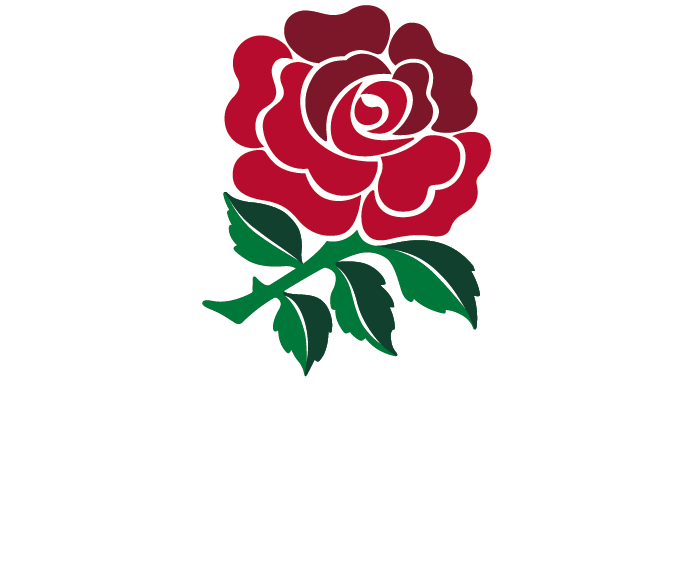In a nutshell: A rugby-mad corner of the south-west. Just not quite at the seaside.
Don't miss: Place de la Comédie, Musée Fabre, beaches at Palavas-les-Flots
When is a Mediterranean city not entirely a Mediterranean city? It is a question that you may well ask yourself when you turn up in Montpellier. True, it certainly looks like a seaside sort of place as you are arriving. You will find your plane swinging out over the waves as it prepares to land at the local airport – which, helpfully, even mentions in its name the enormous body of water on whose very edge it sits (Aeroport Montpellier Méditerranée). But once you are off the aircraft and heading into town, you will notice that you are moving inland. Montpellier has long existed near the sea. Just not quite on it.
It is a quirk of history, of course. When it was really starting to grow in the medieval era (it is first mentioned in French records in 985AD), the now holiday-friendly tides of the Mediterranean were not so safe. Pirate raids were common, and the city's position close to the border between France and Spain (until 1349, Montpellier effectively was part of Spain) could make day-to-day existence unstable. So its citizens gave themselves a buffer between their walls and the sea, and life developed some five miles north of the coastline.
Even now, a good millennium later, Montpellier has not quite filled in the gaps. There are still fields and green spaces between its outermost streets and the seafront. It makes for a likeable best of both worlds; a French city, with everything you expect of such places, but also a calmness where the landscape slopes down towards several sheltered lagoons – Etang de l'Or, Etang de Pérois, Etang du Méjean, Etang de l'Arnel – which have also long provided an extra layer of protection for those inland. Life is quieter here – and but for the roar of aeroplane engines, you might almost forget that you were close to a major city.
Almost. It may not be a big port like Marseille or a beach babe like Nice, but Montpellier knows how to welcome visitors. Of course, like most cities of the French south, it is rugby-mad – and even if its local team (Montpellier Herault) are not quite heavy-hitters (although the club was runner-up in the French Top 14 in 2011 and 2018), its citizens will watch the wider Rugby World Cup with noisy enthusiasm. Indeed, you won't be able to escape the action in the bars clustered around Place de la Comédie, Place Castellane and Place Jean Jaures. If you want to eat, you can dip into the nest of streets just west of Place de la Comédie - where Rue du Plan d'Agde and Rue Jules Latreilhe are festooned with options.
Content supplied by the Telegraph’s travel expert Chris Leadbetter


